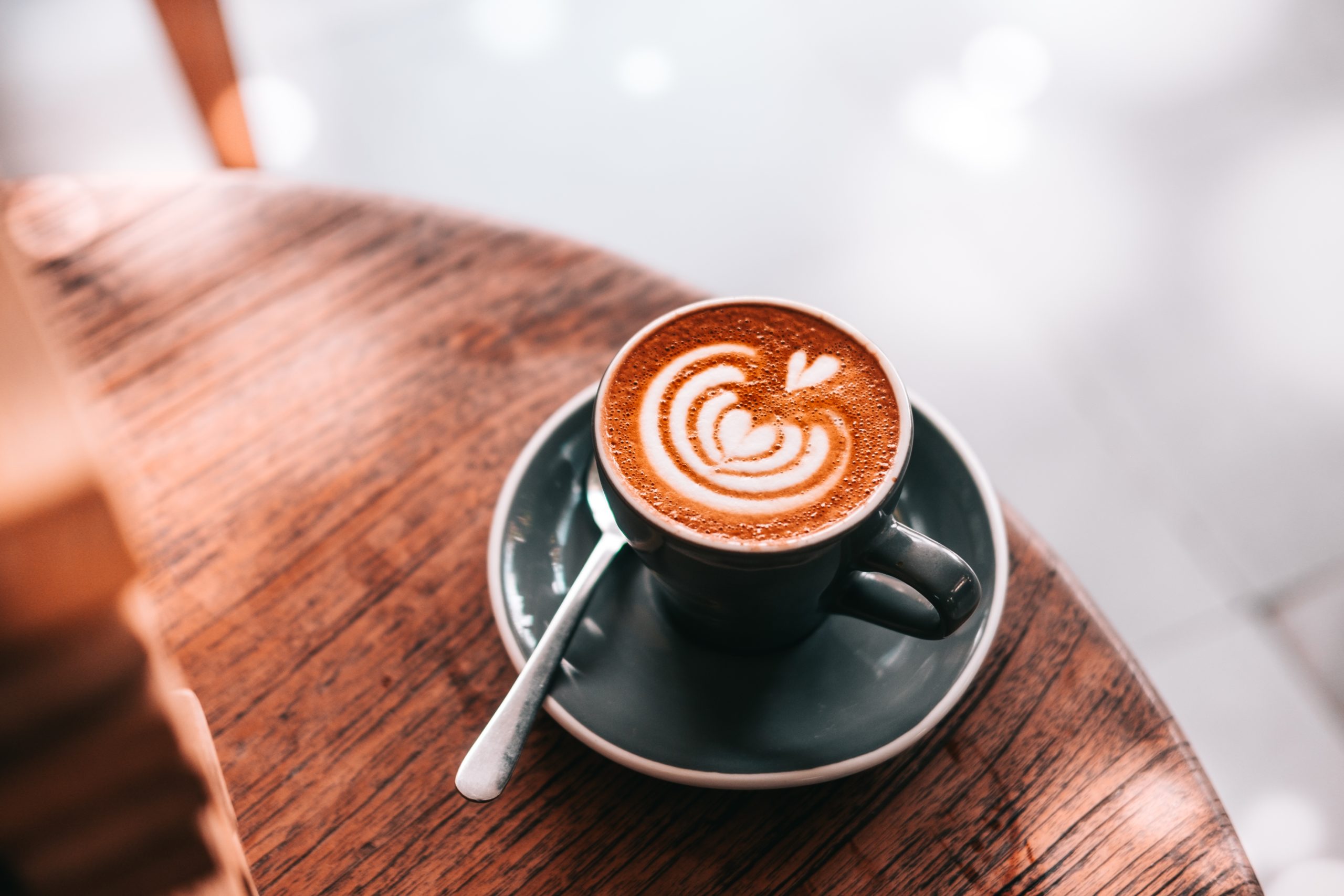An espresso machine is used to produce the traditionally Italian coffee beverage called espresso. Espresso machines are fitted with a metal filter container that is filled with ground coffee that is tamped down to compact the coffee grounds, and the metal filter is locked in place in the machine. Some espresso machines are automatic while others are semi-automatic and require the user to do some additional work in order to produce espresso.
What is Espresso?
Espresso or caffè espresso is a concentrated coffee beverage brewed by forcing very hot, but not boiling water under high pressure through coffee that has been ground to a consistency between extremely fine and powder. Espresso was developed in Milan, Italy in the early 20th century, but up until the mid-1940s it was a beverage produced solely with steam pressure. Espresso is now produced with between 9 and 10 atmospheres or bars of pressure. Espresso machines come with temperature gauges so you can set how hot you would like your drink to be. It is recommended that espresso cups be warmed before use. Most espresso machines have cup warmers.
Automatic Espresso Machines
Automatic espresso machines are a great invention, next to the coffee maker, that will add exactly what is needed to your day, a great cup of coffee. Automatic espresso machines are similar to semi-automatic except have a flowmeter installed inline with the grouphead. Automatic espresso machines designed primarily for commercial use are the most expensive, usually costing several thousand dollars. An automatic espresso machine is one that will cost a bit more than a regular coffee maker, but you also have to think about how much more the automatic espresso machine is going to do. The automatic espresso machine is one that you will put the coffee into, the machine is going to grind the coffee, and then tamp and brew the coffee to your liking to create a perfect cup of coffee. Your espresso machine is so much more than a coffee maker, and will come with a recipe guide on how to create, make and enjoy the best types of coffee drinks.
Pressure
On many consumer and commercial espresso machines, the temperature of the boiler is maintained not with a thermostat control, but a pressure gauge control that activates the boiler's heater once the measured pressure drops too low. Pressure is built up in a cylinder to force water through the grounds and extract the espresso.
Pump
The pump is the part of the machine that pulls the water up into the heating chamber. Pump espresso machines are typically the most expensive, using a pump mechanism to produce the amount of water pressure needed to make espresso.
Brew
Brew Time is used as one of the indicators of a good espresso shot. Brew time is calculated from the moment the pump switch is activated, until the pump switch is turned off.
Price
Prices vary widely, depending on the type of machine, options, features, and the manufacturer. Prices start at about $ 160 if you go online. Prices can vary significantly from one Italian espresso machine to another.
Cleaning
For regular home use, stock up on essentials such as a frothing pitcher, thermometer, a group brush, and Cleancaf. For heavy duty use, purchase an espresso cleaning kit.
Conclusion
Espresso machines are the home-appliance equivalent of six-speed sports cars-they take countless hours to get used to and even then continue to act up. Espresso machines are definitely not cheap, but, compared to going to Starbuck's every day, it may not take long at all for a good machine to pay for itself. Espresso machines are basically divided into these three categories: Super Automatic, Semi Automatic and Manual. Espresso machines are now more available than ever to the home consumer. Espresso machines are great for entertaining guests or as birthday, holiday, or housewarming gifts.

